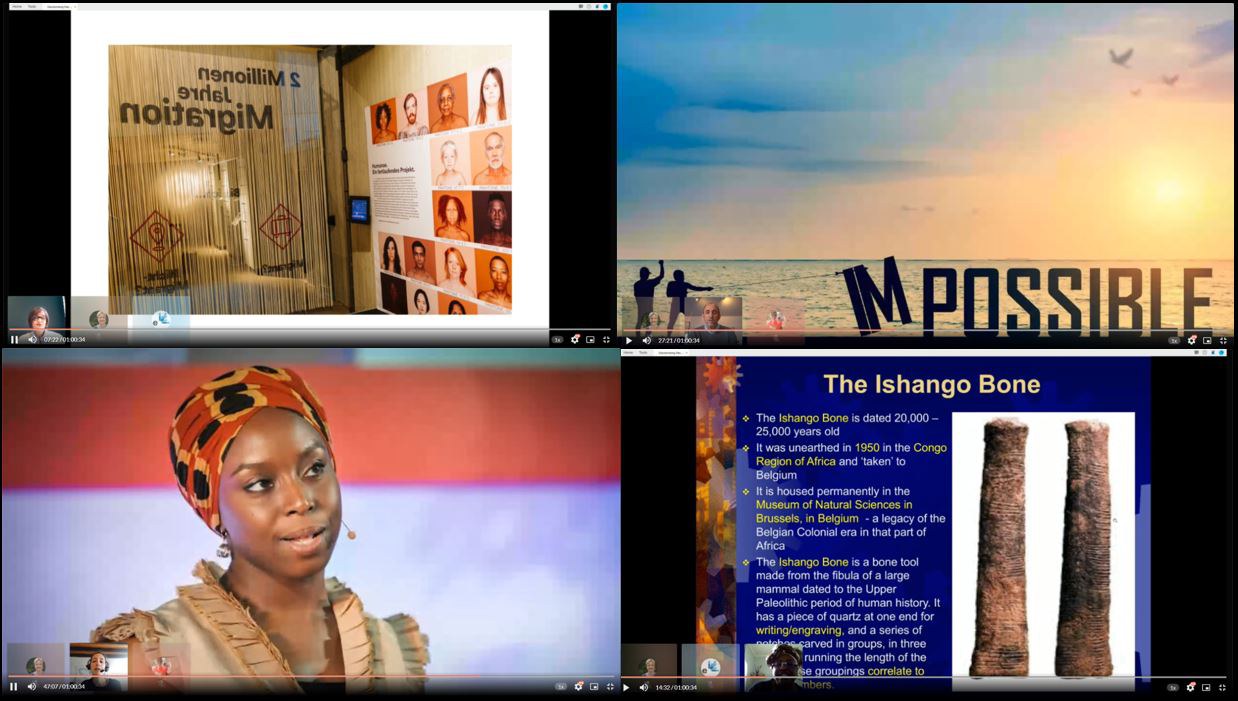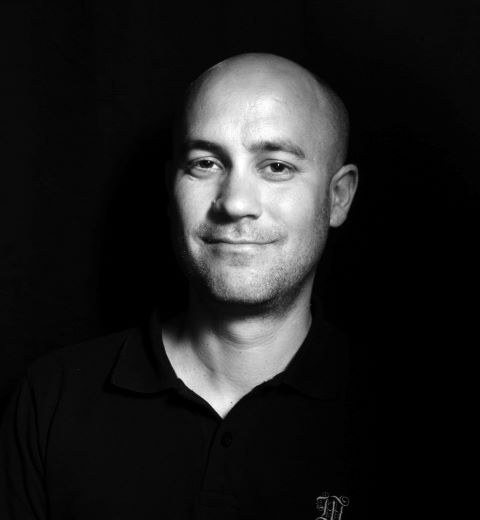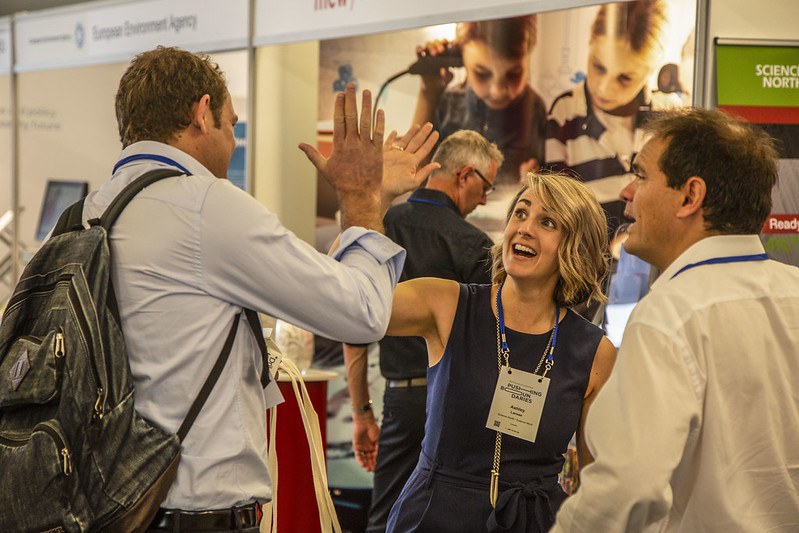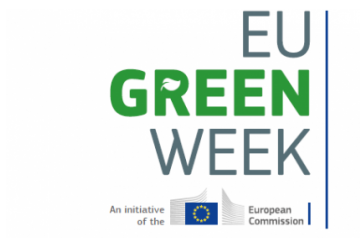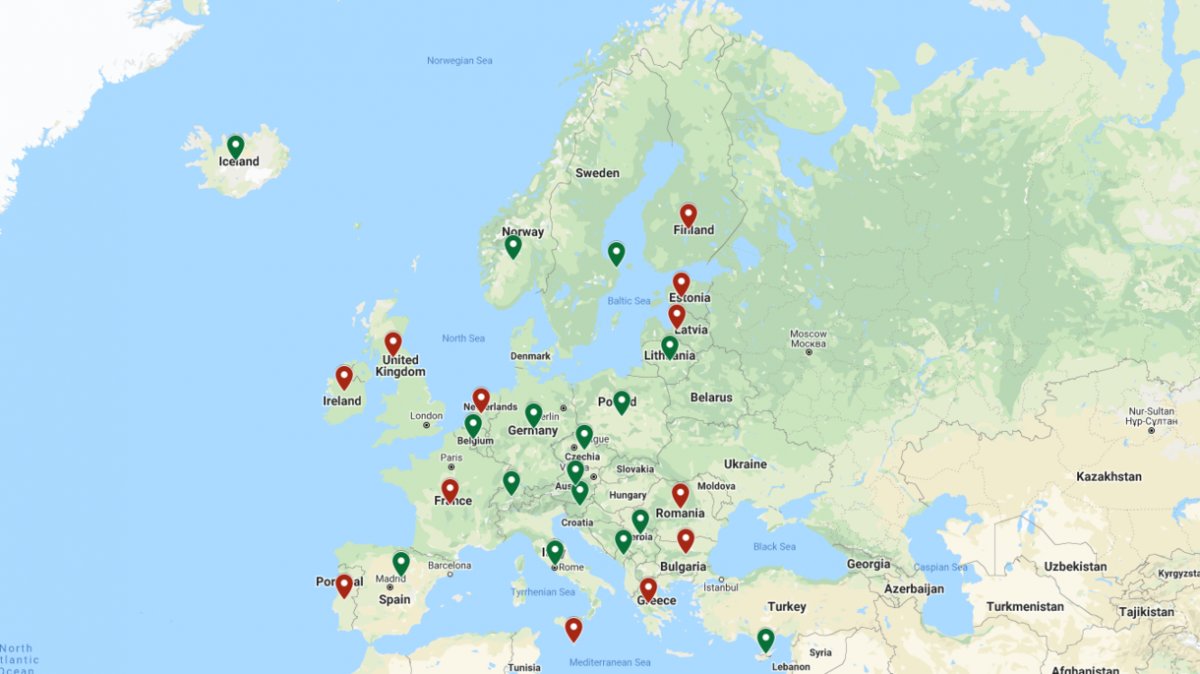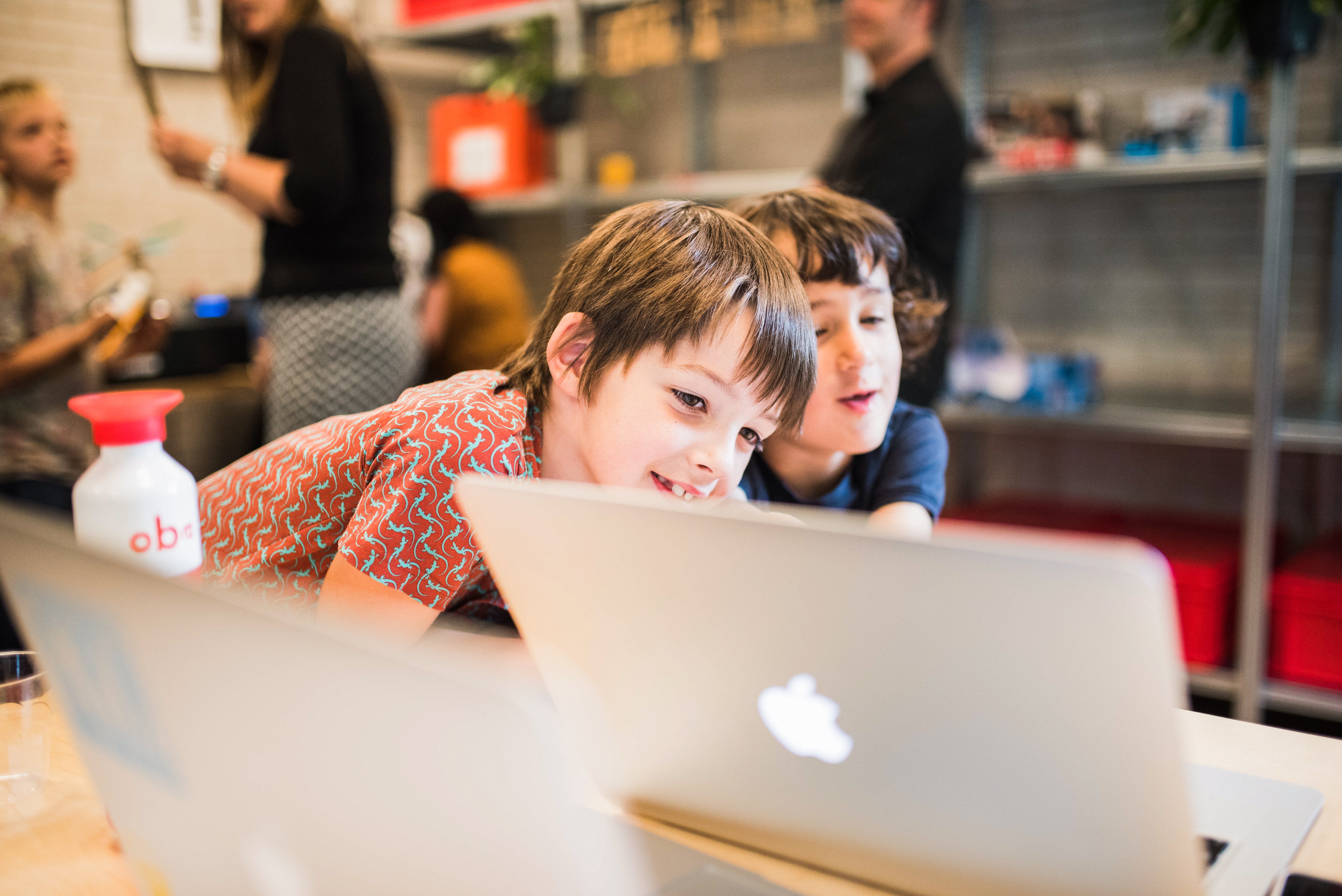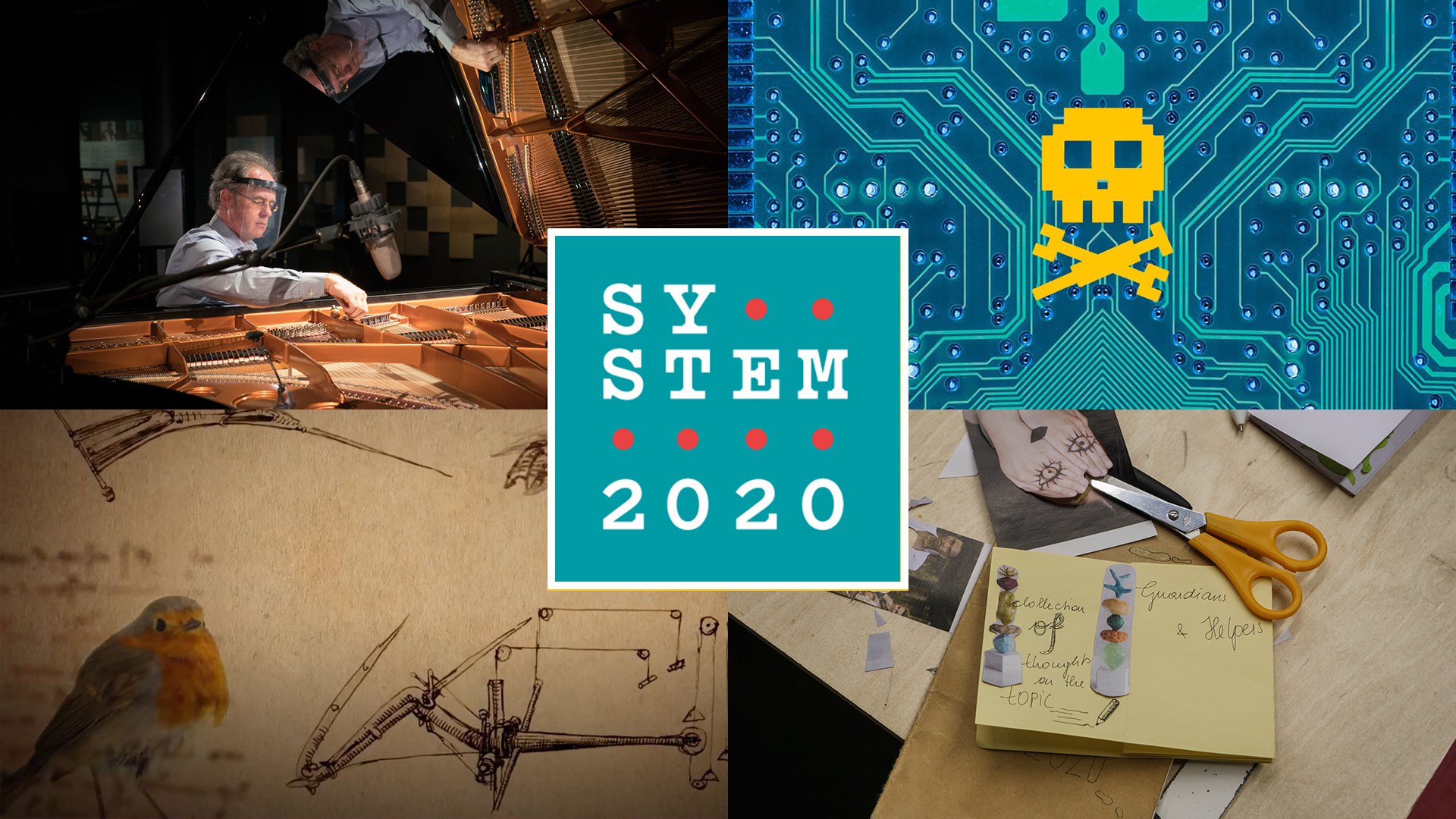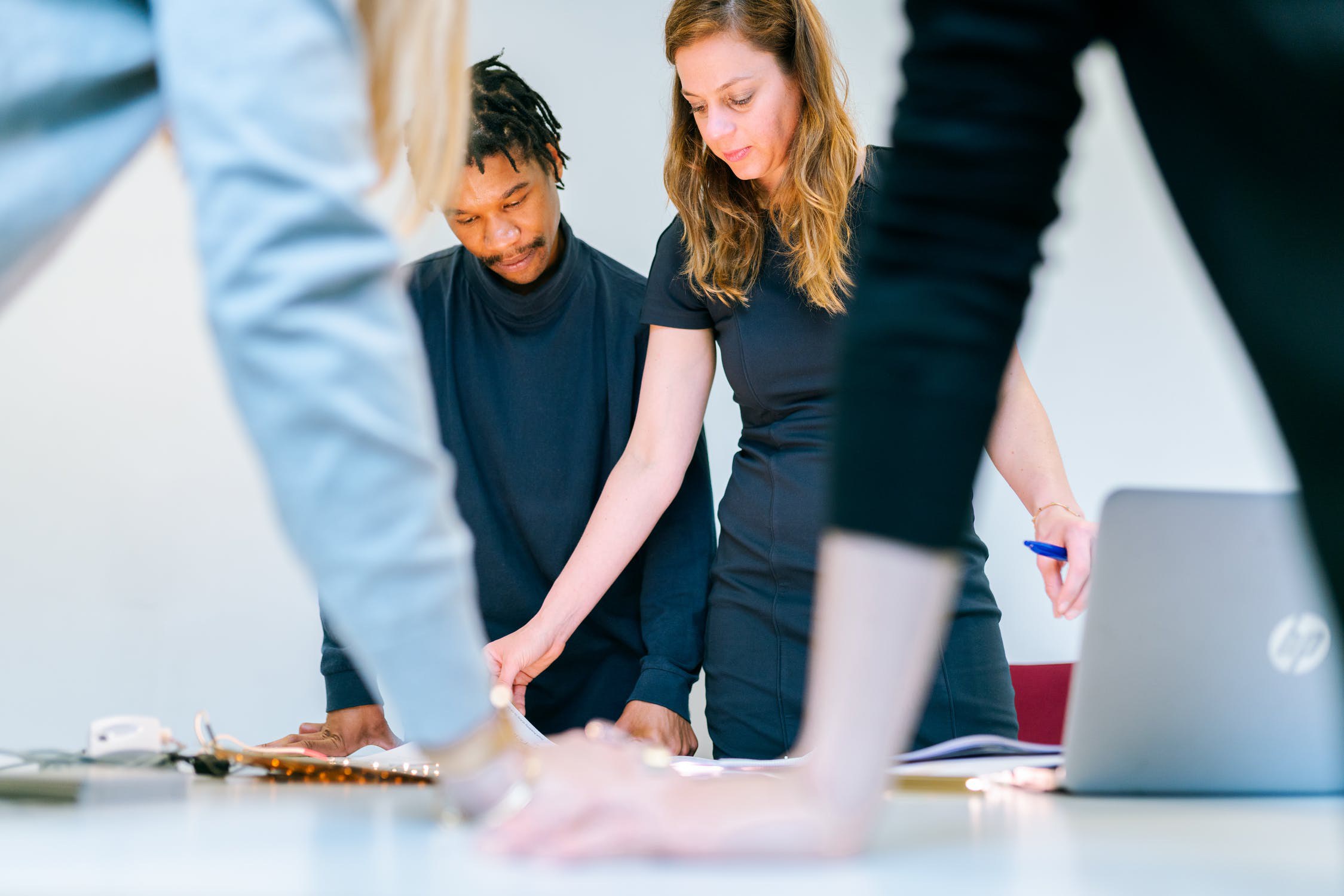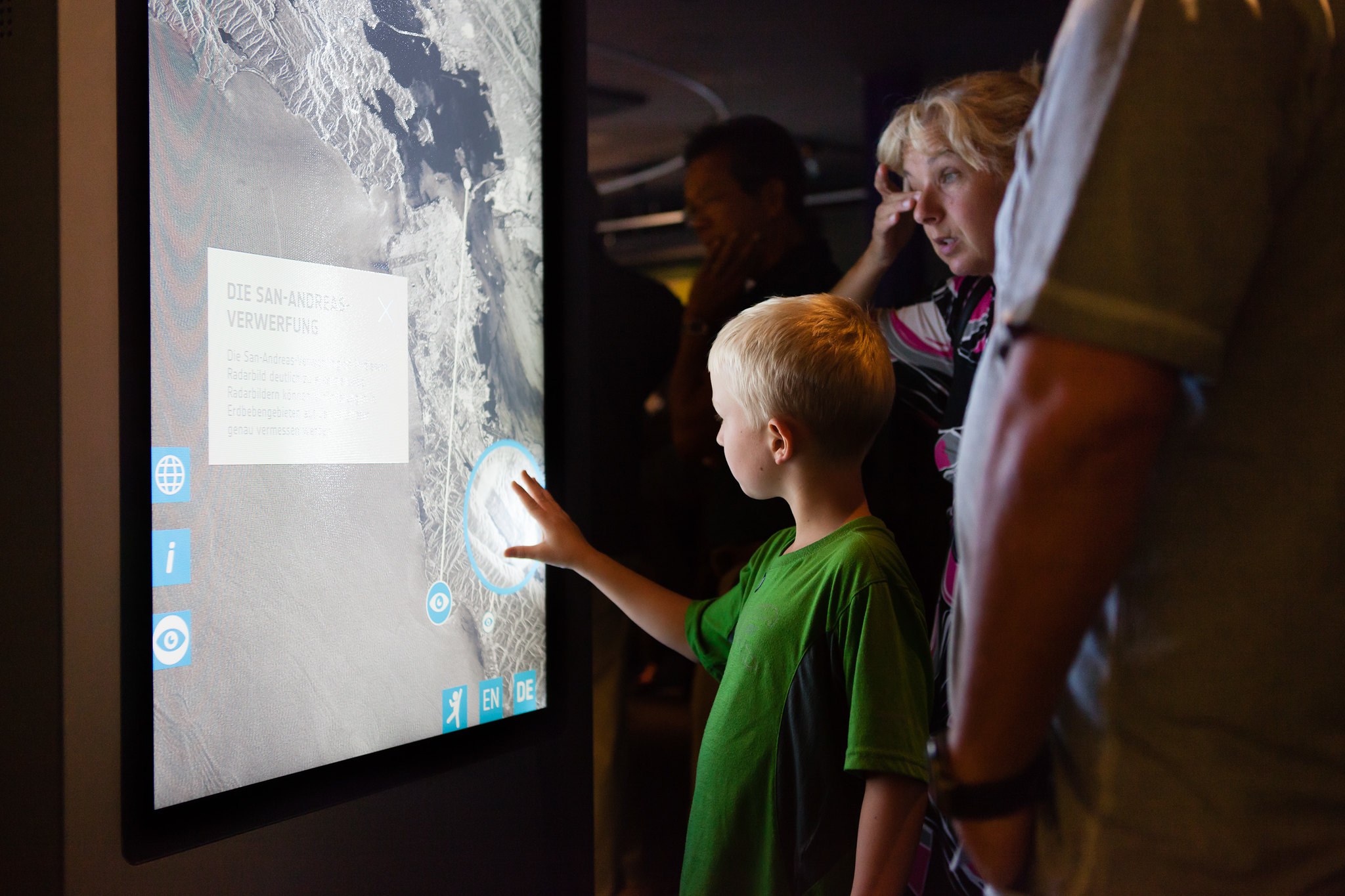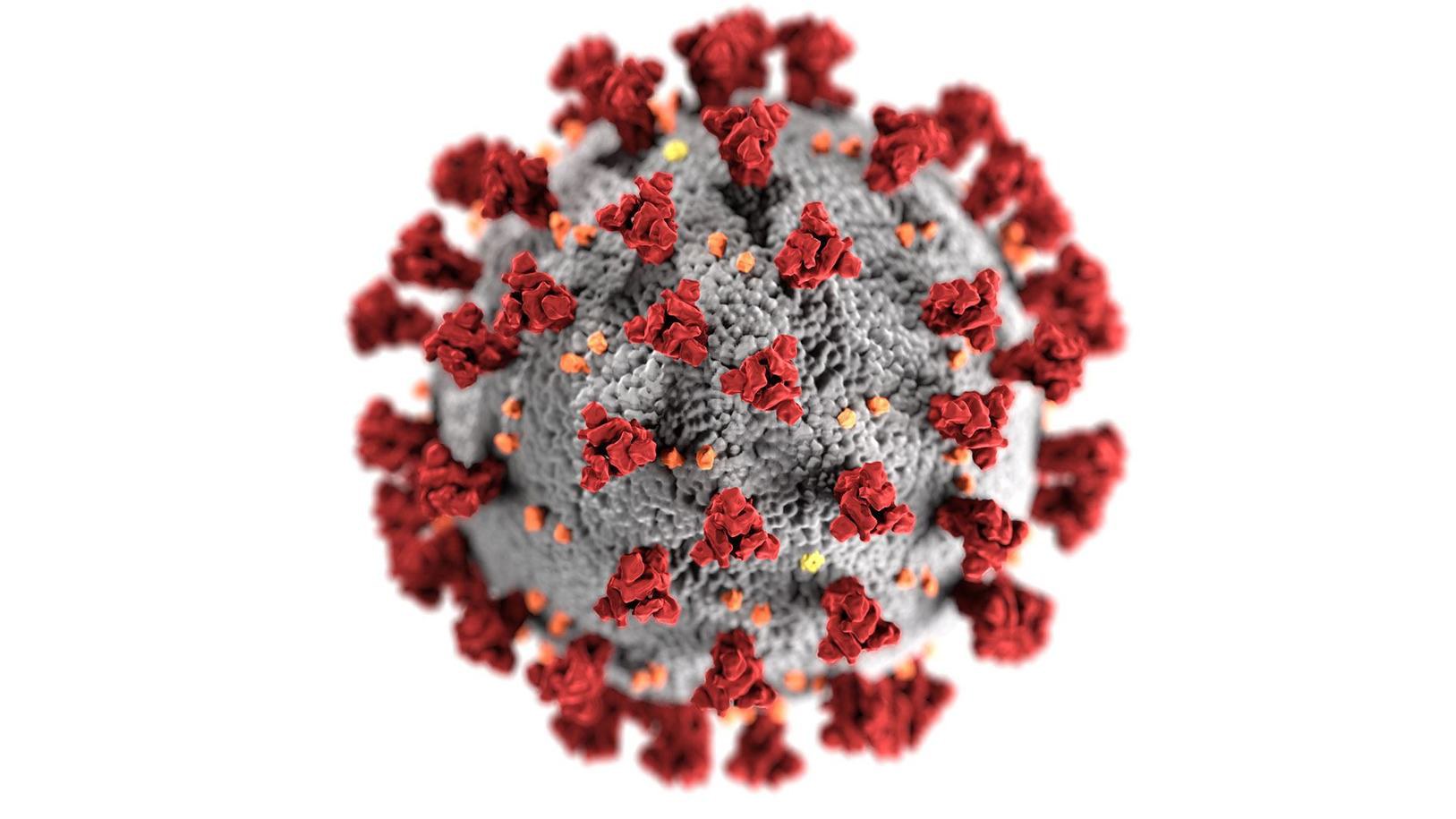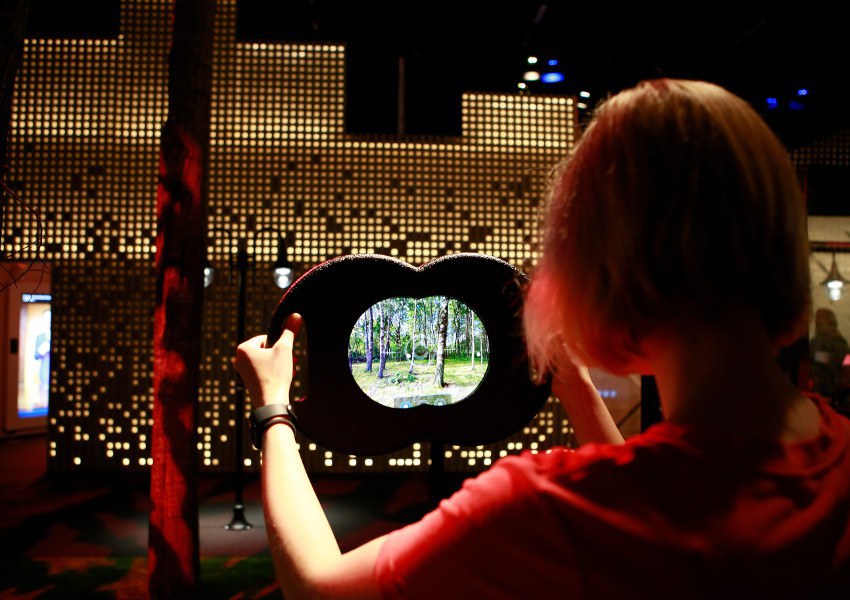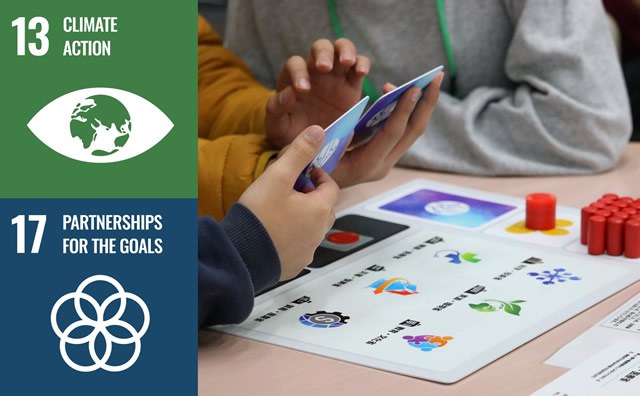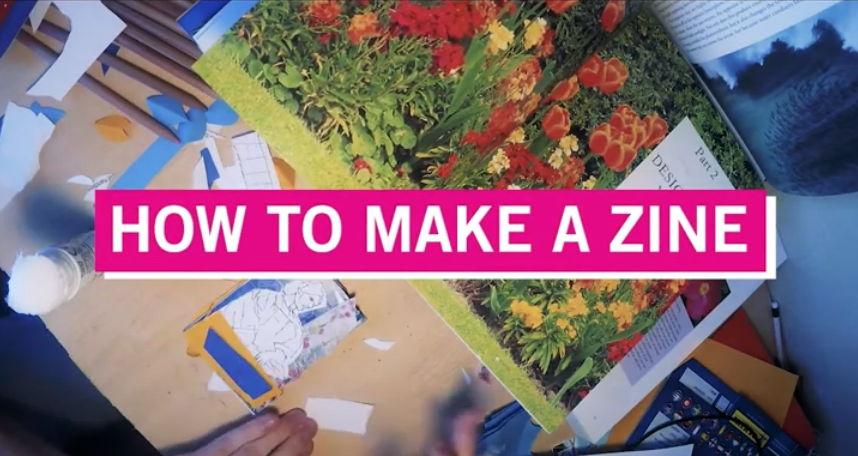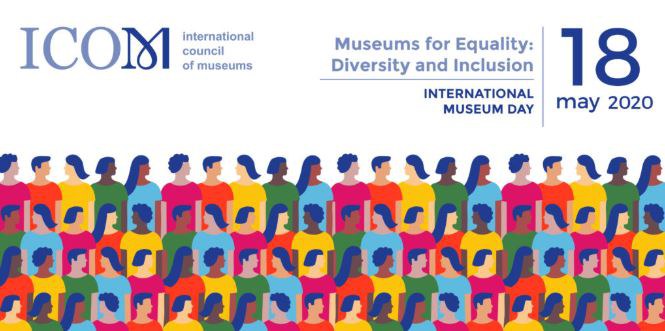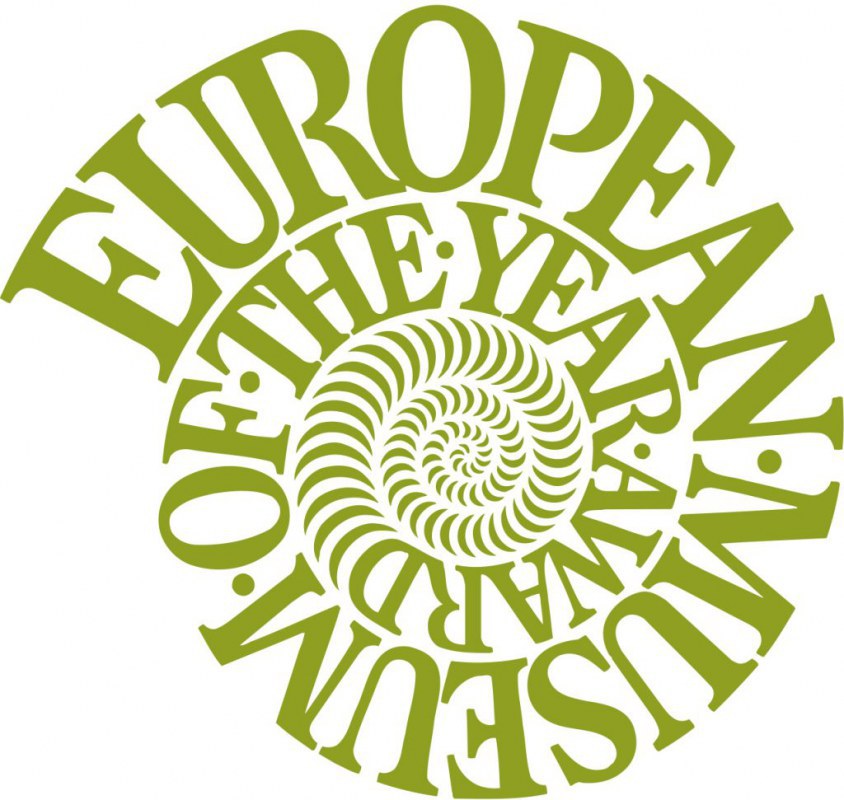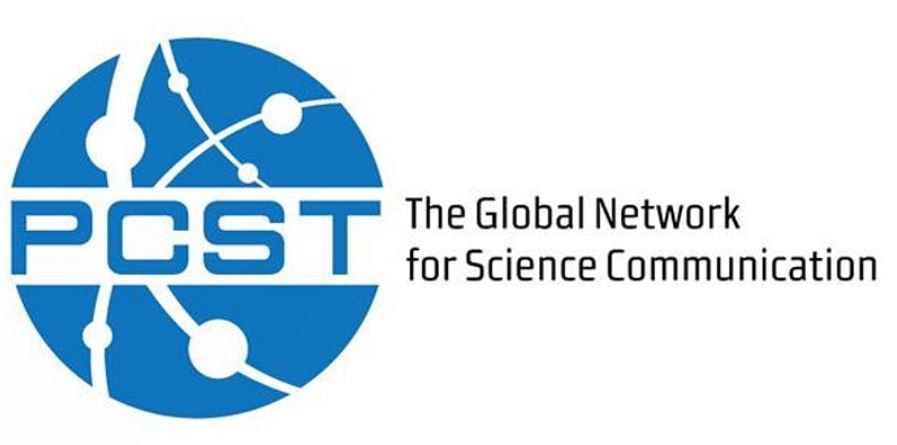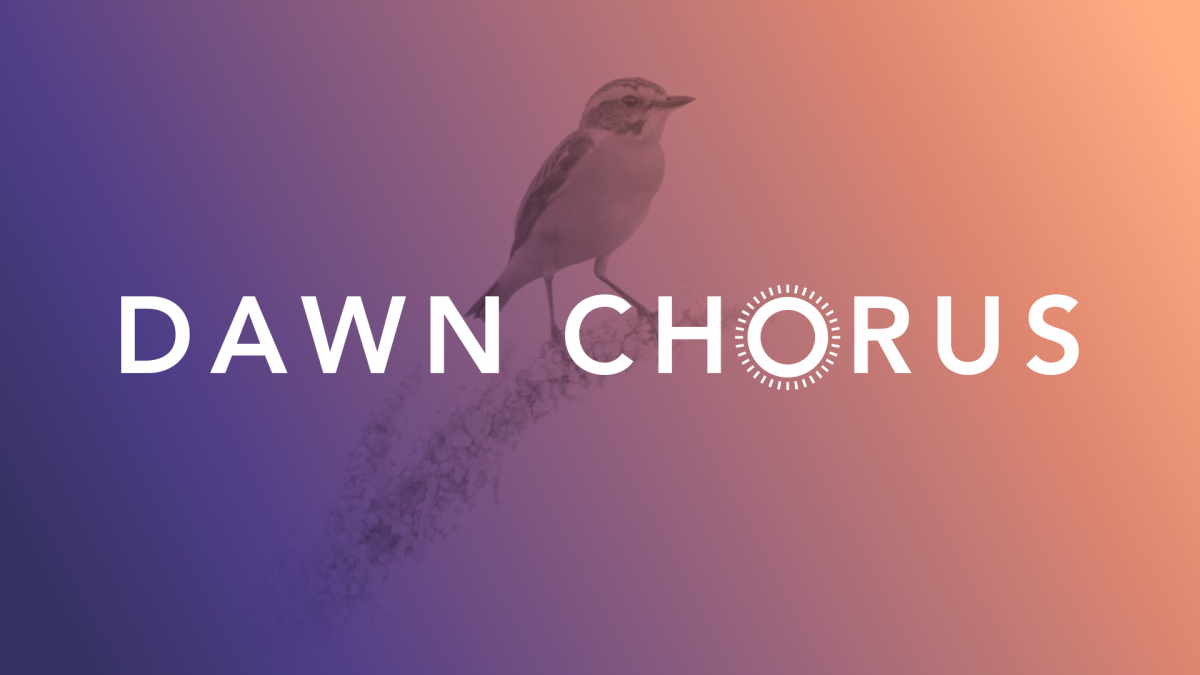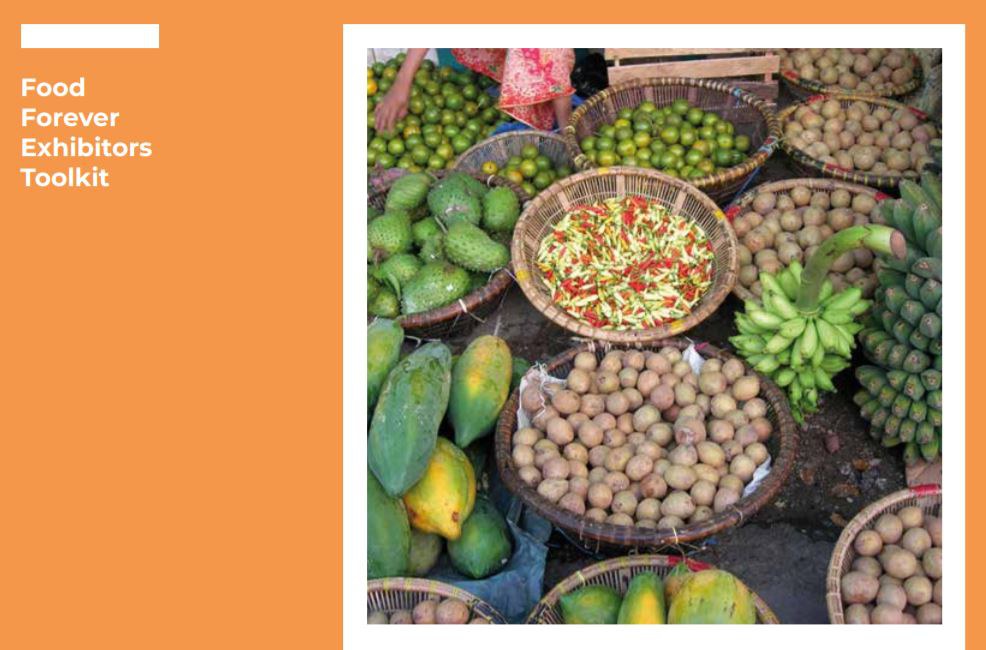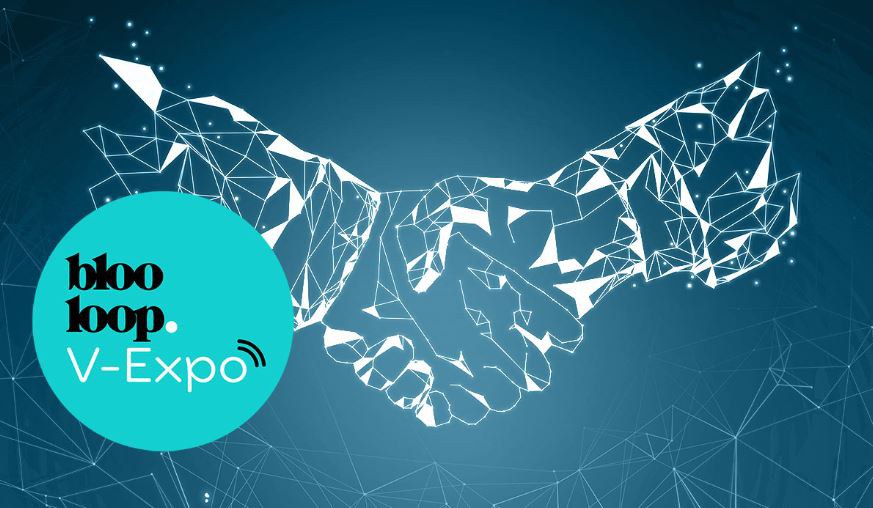Responding to the pandemic: a social justice perspective
Reframing the “business survival” vs. “social responsibility” debate
| Estimated reading time: 18 minutes
How can science engagement organisations best serve our societies during and beyond the current pandemic? These are terrifying times. We face immediate threats to lives & livelihoods posed by the novel coronavirus-causing COVID-19 that was declared a pandemic by the World Health Organisation on 11 March 2020. We also face alarming uncertainties about what our lives, communities and societies will look like in one year, five years and ten years’ time.
1. INITIAL SECTOR-WIDE RESPONSES TO THE COVID-19 PANDEMIC
In the initial wave of responses to the COVID-19 pandemic, public institutions closed their doors to staff and users, visitors, students and audiences alike. Museums, science centres, science festivals, zoos, aquaria, botanic gardens, coding clubs, citizen science projects, universities and schools all closed as quarantine and lockdowns swept through nation after nation. Freelancers and small, non-profit organisations saw their income streams collapse.
Secondary responses to the pandemic across the science communication and informal science learning sector included moving programmes, exhibitions and other forms of information online. Meanwhile, staff were furloughed, made redundant or left doing – from home, often whilst looking after children – the work that a whole team had previously done. We do not know what the next phase will look like. What we do know, is that things will be different. In the midst of all these uncertainties, we need to start to think in expansive, creative, courageous and collaborative ways about what our sector (and the world) might look like in the years to come.
We have become aware of a debate in our professional community which seems to suggest that we need to choose between our survival as ‘businesses’ and our social responsibilities. We consider this a troubling and false dichotomy. In the following article, we want to offer an alternative framing. We argue that as we readjust to life with COVID-19 and beyond, our institutions and practices will be more responsible, agile, resilient and robust if we take social justice seriously as the cornerstone of science communication and informal science learning and have the courage to place social justice at the heart of our sector.
2. An urgent need for inclusive science engagement
2.1: Science is everywhere, but not for everyone.
Science is suddenly extremely salient to many more people as countries around the world grapple with the COVID-19 pandemic. Mass and online media are saturated with science in ways we have not seen for some time. Simultaneously around the world, governments have responded very differently to the same illness, highlighting the politically and culturally embedded nature of how science becomes ‘public’.
As science engagement organisations, our goal is to serve society with access to reliable scientific information. To support people trying to make sense of changing scientific information, access to spaces in which to discuss it, contextualise it, contend with it, question it or contribute to it. The COVID-19 pandemic has created an extraordinary need for people to address, understand and respond to science-related issues. Now, more than ever, people need responsive, useful and accessible science engagement practices. Most importantly, we suggest, people need responsible and inclusive science engagement practices (Bryant et al., 2020; Callihan, Museums for Social Action Collective, Whitman, & Paquet, 2020). Responsible practices are those that respond to the pandemic by meeting the needs of those who most need support.
Honestly, we have to admit that most current science engagement practices are not equitable and are marked by structural inequalities in content, staffing and audiences (National Science Foundation, 2012; OECD, 2012). Research shows that we recreate these structural inequalities through our work (Dawson, 2019). Structural inequalities are evident in programmes and exhibitions that reflect racist, sexist, classist, ableist, homophobic and/or other forms of discrimination, as well as in marketing, cafes, shops, staff recruitment practices and buildings (Crowley, Callanan, Tenenbaum & Allen, 2001; Dancstep & Sindorf, 2018a; Dawson, 2014; Dawson, 2019; Dawson et al., 2019; Garcia-Luis & Dancstep, 2019; Garibay, Lannes & González, 2018).
Although many of us are working on addressing issues of injustice across our practices and organisations, we still need sector-wide change and, as we argue below, those changes are now more urgent than ever.
2.2 COVID-19 and its aftermath hits those we serve least the hardest
The COVID-19 pandemic has made the structural inequalities that fracture our societies unavoidable even for those who have long denied or obscured their existence. Issues of food and housing security, access to employment, education and information, let alone questions of who lives or dies are more visible than ever. Not only are pre-existing social inequalities laid bare, but new forms of health, economic and political inequality are being created during the pandemic.
People living with disabilities have become more vulnerable (Kuper, Banks, Bright, Davey, & Shakespeare, 2020). The consequences of the pandemic for those who journey to Europe seeking refuge from war, disaster and social unrest are worse than shocking (Iacobucci, 2020). We know too that communities positioned as racialised minorities in Europe and impoverished communities (as well as those positioned where these issues intersect) are disproportionately affected by the health, social and economic effects of the COVID-19 pandemic.
COVID-19 statistics illustrate the racist dimensions of longstanding inequalities of wealth and health
The COVID-19 pandemic highlights stark disparities between those who have the flexibility to work while safely quarantined from home and those groups whose jobs are less flexible, less protected and are, as a result, most exposed to and affected by COVID-19 illnesses and deaths. The impact of these patterns on people from Black and other racialised backgrounds in Europe is appalling (Aldridge RW et al., 2020). In the UK for instance, people from Black, Bangladeshi, Pakistani and Indian backgrounds, as well as people from mixed ‘racial’/ethnic backgrounds are significantly more at risk of becoming extremely ill and/or dying from COVID-19 (White & Nafilyan, 2020). To be clear, although specific to COVID-19, these statistics illustrate the racist dimensions of longstanding inequalities of wealth and health.
We must acknowledge then, that those communities most affected by the COVID-19 pandemic overlap with those least served by the science engagement sector (Dawson, 2019). Namely, people from communities that are racialised as ‘minorities’ in Europe and people from impoverished communities. The science engagement sector could make an incredibly valuable, timely and potentially life-saving contribution to the global response to COVID-19. However, to serve especially those most affected communities, we would need to change our practices and priorities. We believe that if we are ready to embrace these responsibilities, we will not only serve communities in need, but will simultaneously reinvigorate our whole sector and develop a new relevance in society.
Whether it is framed as “can’t” or “won’t”, any argument about “recovery” that does not take social justice and social responsibility into account sends a clear political message about the (loss of) purpose of the science engagement sector. If we turn our backs on the communities who are currently underserved by our sector, we betray not only them, but ourselves.
3. Reframing our options: the risks of buying into false dichotomies
Change has already occurred. It makes little difference whether we like it or not. It has happened anyway. But we can decide whether our response is driven by fear or by courage. Will our response be temporary, to survive the period of quarantine and recover sufficiently in order to carry out similar practices with similar audiences, as before? Or will our response be permanent, using quarantine time to reform and work towards new practices? Most of us sense that a recover-only option is not out there, as there will be no “back to normal,” neither for our sector nor for our societies at large.
A narrative we currently encounter is that “it is about survival, so we cannot afford to deal with issues of equity, diversity, inclusion right now”. Resonance with this notion of luxury is understandable in the desperate economic situation we are facing. However, we have even read the advice that we should focus on wealthy audiences and reach for the “nutrient-dense” fruit (i.e. those we can reach easily and who will spend more money) to recover more quickly (Dilenschneider, 2020). We strongly disagree that now is the time to abandon all the effort and resources that have been channelled towards more inclusive work in favour of focusing only on rich visitors. We also refute this “either/or” framing as deeply divisive and problematic. Financial viability must not be framed narrowly as a struggle between survival on one hand and social justice on the other. Does this framing of our choices serve and represent our sector and our mission?
Financial viability must not be framed narrowly as a struggle between survival on one hand and social justice on the other
You might notice that similar framings are being used when people argue that the survival of our economics is incompatible with the ´luxury´ of climate change measures. As science engagement institutions invested in climate issues, it is obvious to us that we cannot postpone them!
We have rehearsed these arguments here because we believe that structuring individual, organisational or sector-wider responses to the COVID-19 pandemic in terms of a false dichotomy is not only divisive, but untrue. We reject this “either/or” framing that seeks to limit the terms of debate about our sectors’ role during and beyond the current crisis. Instead, we believe that if we refuse to buy into these divisive politics, we can creatively look for opportunities where focusing on the needs of those communities hardest hit by COVID-19 is not a diversion, or a luxury, but a form of survival for us all.
We see two common reactions to the immediate crisis: laying off or furloughing certain staff members and going online with our activities. Let us look closer at these measures and their impacts.
3.1 Losing internal diversity
We can learn a lot from the decisions made across our sector during the 2008 global financial crisis. As waves of redundancies began, those in roles related to inclusion, equity and social justice disappeared first, along with staff on more precarious contracts. The ‘community officers’ disappeared, as did people running programming around outreach/inreach and working on ‘access’.
We know that both the staff explicitly involved in equity and inclusion and those in direct contact with our public as educators or explainers often make up most of the diversity (if at all) of staff inside our museums and science centres. These are the ones with close connections to and knowledge about our audiences and communities. They are also the ones who may have the most to offer in terms of navigating crises (Af-alawi, 2020).
Now is the time to think carefully about how to learn from field-wide attempts to “recover” from the 2008 economic crisis, how to support, rather than shed staff (Callihan et al., 2020). The damage done to social justice and equity practices across the science engagement sector by the response to the 2008 recession cast a long shadow, in terms of staff, content and audiences. Can we afford to repeat the same right now, risking the loss of our internal diversity and the community connections that have been built up? Inclusive, equitable staff hiring and retention practices are not a luxury, but a survival skill for our organisations.
3.2 The risk of narrowing our audiences
When we had to close our physical spaces, our sector, as many others, rushed to go online with some activities, to be present, visible and active. Yet, as soon as the online activities were sprouting, several voices in our field raised concerns that these well-meant actions were actually reinforcing inequalities. Yes, online is theoretically available to anyone, including audiences geographically far from our physical offers. But think about economically less privileged families trying to survive, grappling with homeschooling, sharing limited internet access (if able to), while parents are working in ´essential´, yet low-paid jobs. The digital divide is alarmingly real and intersects with other structural inequalities that became accelerated in the current crisis (Allman, 2020).
In March 2020, when Barbara asked ´Are we becoming more inclusive or exclusive through going online?´, the answers from science engagement practitioners across different countries and continents clearly represent a turn towards becoming more exclusive.
To be honest, our online offers are only a useful answer for an already well-resourced public and for those who would already know where and why to look for a (their local) science centre. And, as geographical boundaries are less important online, we find ourselves in competition for these online experiences.
When motivating her own team to join such efforts, Barbara (as well as many others) clearly acted on the need to remain visible as active to our audiences and stakeholders, to keep staff busy and unleash their creativity, to stay positive and in serving communities.
However, conversations, webinars, observation of online offers and their uptake also triggered uncomfortable questions such as: Is there really a need for more videos inviting home experiments with kitchen materials? Did we actually turn virtual to prove our own importance? Was it just to give us something to do? Given the data discussed so far here, moving our resources online is clearly an inadequate response, being active, but not always effective.
We acknowledge that all of us are struggling in these difficult times, personally as well as professionally. So of course a natural and reasonable response during the crisis is to move existing practices and audiences to the virtual world. But surely, in the next phase we will have to go beyond this, encouraging more expansive, courageous thinking as we tackle yet more uncomfortable questions: Will those well resourced audiences even stay connected with us after reopening? What will we reply to funders that might ask us how we served communities in need during COVID-19? Who do we want to be relevant for?
4. Mobilising our assets
We face new as well as old challenges as we begin to adapt to living with COVID-19. The good news is that we do have valuable resources with which to move forward. We believe that the communities we can support, serve and learn from – along with the needs and assets they hold – represent potentially significant resources for the sector-wide challenges we face as a result of the pandemic. We have an academic research base and a passionate network of practitioners and researchers committed to thinking about what equitable, field-wide change could involve. If our practices and institutions are to stay relevant, or, at best, become invaluable resources, spaces and connections for the communities we aim to serve as this pandemic and its aftermath unfold, we must think boldly, creatively and collaboratively in ways that do more than recreate our former patterns of practice.
4.1 Build new relationships & strengthen old ones
Current debates about how inclusive it is to move resources online provide a good opportunity to think about how we might better work with under-served communities. If we think about under-served communities in terms of their assets as well as their needs, we can change how we understand what equitable practice means (Dawson, 2019). Starting from this perspective helps us to see equitable science communication and informal science learning as more about us listening, learning from and working in partnership with under-served communities. For instance, the communities that our sector usually struggles to reach are likely to hold a wealth of resources for surviving and thriving in difficult times (Af-alawi, 2020; Bassel & Emejulu, 2017). At the same time, they may have distinct needs that the science communication and informal science learning sector could meet by building mutually supportive relationships.
The communities that our sector usually struggles to reach are likely to hold a wealth of resources for surviving and thriving in difficult times
As with any other community practice, rather than acting alone, it’s time to reach out to your networks and ask what you can do to support them. Here are some examples.
Our first example comes from the groups who worked with Emily on the ‘equity, exclusion & everyday science learning’ project and is confirmed by the communities Barbara´s organisation is working in the Vienna ‘Knowledge°room [1]‘ (Streicher, Unterleitner, & Schulze, 2014). Both include first and second-generation asylum seekers, migrants and many who send the majority of their wages to family members in other countries. Their communication networks were really resilient, not least because they use multiple channels. Those likely to be relevant under quarantine conditions include community radio stations and community newspapers, as well as a range of telephone and online services.
Rather than losing contact through the pandemic, at the Centre for Life in Newcastle in the UK, David Jones as Community Liaison Officer intensified his collaboration with the North East Autism Society, finding new ways to work together and strengthening relationships between the community group and the science centre. In Scotland, Lewis Hou at Science Celilidh – an educational project that works across science and arts themes with community groups and schools – is working on training trusted community gatekeepers who work with people offline (mostly on the phone), supporting them to develop digital skills during the pandemic [2].
But community contacts and networks can also provide support in the other direction. For instance, a youth worker colleague of Emily’s sent her information on youth-specific mutual aid networks for students. Despite the massive scale of the university, her students had not yet been sent such resources.
So, there is no reason science communication and informal science learning practitioners and institutions can’t use this time to forge meaningful relationships with community groups, to ask for what they might need as well as what they might want to share (Simon, 2016). Online may seem like the only option, but it isn’t; being creative about what other relationship building options we have available to us is more than timely. In other words, the debate about inclusivity and online resources highlights that as a sector, we need to work with rather than at the communities we aim to support.
4.2 Build on resources from research and practice
As we try to imagine what the future might hold for social justice in the science engagement sector, we can draw on resources built up in our field. We have a practice and research community now that we did not have 12 years ago during the 2008 crisis.
When Emily started researching how we might understand and act on issues of social exclusion, inequity and social justice in informal science education and science communication back in 2006, there was almost nothing to work from. Which is not to say that there weren’t amazing practices out there. But without mainstream, well-researched resources about those practices, critique of bad practices, work on developing theoretical tools and work exploring how to fundamentally reimagine informal science learning and science communication, it is hard to build discussion and harder still to change unjust practices, policies and behaviours.
Today, we are in a significantly different position. There is a growing body of published work on social justice across the sector to build on and organise around, active research projects in place (Archer, Dawson, Seakins, & Wong, 2016; Ash, 2004; Canfield et al., 2020; Dancstep & Sindorf, 2018b; Dawson, 2019; Garcia-Luis & Dancstep, 2019; Garibay & Huerta Migus, 2014; Orthia, 2020; Rahm, 2008).
For practice, we can testify to a significant wave of interest, work and enthusiasm for rethinking science engagement and learning from a social justice perspective. Inside Ecsite, conference sessions that focus on issues related to social justice have become so significant over the years they have earned their own ´Equity and Inclusion´ strand. There is an increasing number of projects that address one or more aspects of the structural inequalities that limit access to, participation in and respect from the sector.
Realising that social inclusion, equity and diversity in science engagement needs more than (often tokenistic) projects and individuals, but that it requires an institutional and field-wide change, an advocate group took up its work in 2016. This passionate and open group not only provides a strong support network for practitioners in the field. It also connects with other international equity & inclusion networks [3]. The advocate group was awarded the first ever Ecsite Collaborative Grant in 2020 for ´Equity@Ecsite´, an initiative currently working towards a framework for equitable science engagement, collecting good practices, indicators and resources [4].
5. ‘Reform’ or ‘rebuild’ : using the crisis to reimagine our work
Unimaginable changes are sweeping through our societies. Are we ready to use our resources and build our courage to meet these challenges as they unfold? We return here to our opening question about the roles of science engagement organisations during (and beyond) the COVID-19 pandemic. We have argued that the COVID-19 pandemic makes equity and social justice even more important for our sector and that, as we move forward, we must seize the opportunities posed by the changes wrought by this crisis to reform rather than simply rebuild our practices.
We have discussed the ´who´: Most science engagement organisations were starting from a rather modest equity, diversity and inclusion baseline, with low reach for underprivileged audiences and limited diversity of our own staff. We now risk becoming even more exclusive, through digitally serving mostly already well-resourced publics and saving labour of those (more diverse) staff members with assets in equity and community work. We risk entering the post COVID-19 world being even farther disconnected to those most in need.
‘How’ our practices exacerbated inequalities in the past arose from reproducing structural inequalities through staff hiring practices, exhibition and programme content and limited audience reach. As the COVID-19 pandemic unfolds, in focusing on the digital arena, we are for now not counteracting the new forms of health, economic and political inequalities that are being created during the pandemic. We now have the opportunity to build robust practices that we, and those we hope to work with, will need in a highly uncertain future.
The ´why´ of our sector is science engagement, e.g. Ecsite’s vision “to foster creativity and critical thinking in European society, emboldening citizens to engage with science.” We are ideally placed to support individuals, families, communities and whole countries to engage with, discuss, learn about and reframe the context of the pandemic, with the many socio-scientific issues, health implications and scientific research questions the current crisis raises. Understandably, we are deeply struggling with our own survival right now, at both personal and organisational levels. Still, we wonder what justification remains for institutions like science centres and science museums to reopen on the other side of this pandemic, if as a sector, we cannot meet the challenge of staying relevant to those we might serve best through this crisis?
In light of all this, we conclude that now, more than ever, we must redefine the science engagement sector with social justice, equity and inclusion at its foundations (Callihan et al., 2020; Dawson, 2019; Jennings & Jones-Rizzi, 2017). Now is not the time to, as some have suggested, design audience development strategies that focus only on the wealthy (Dilenschneider, 2020). Socially just practice cannot be framed as peripheral to our work, now, more than ever, it is an absolute necessity.
False dichotomies of ´survival´ versus ´social justice´ that are based on narrowly-framed, “business-first” rationales uphold exclusive practices. Instead, we believe that our survival as businesses and our social responsibilities are not mutually exclusive. We can build on collaborative, passionate networks that link audiences, researchers and practitioners. We can use the available research and resources as tools to think about a social justice approach to “reform” across the science engagement sector in ways that need not undermine efforts towards “recovery”. We can harness the changes that have come and those that lie ahead to become, more inclusive, agile, resilient and, importantly, to become more relevant institutions.
1 Head to the website for more information on the Knowledge°rooms project of the Austrian ScienceCenter-Network
2 We are of course aware that there are many more examples, some of which we will showcase in a follow up article in Spokes and the Ecsite webinar on 27 May.
3 e.g. ASTC - Advocates for Diversity Community of Practice:
Yearly #InclusiveSciComm Symposium
4 If you want to join in as an individual advocate or by becoming a pioneer organisation, contact the Equity@Ecsite group or attend the webinar on 27 May (Equity and diversity in corona-times: supporting an inclusive response to the crisis) or join the ´Equity@Ecsite´ advocate group calls (next call takes place on Thursday, 4 June at 16.00 CEST).
References
Af-alawi, H. (2020). How to engage with uncertainty and risk. Retrieved from https://www.museumdetox.org/post/museum-detox-diy-series-how-to
Aldridge RW, Lewer D, Katikireddi SV, Mathur, R., Pathak, N., Burns, R., . . . Hayward, A. (2020). Black, Asian and Minority Ethnic groups in England are at increased risk of death from COVID-19: indirect standardisation of NHS mortality data. Wellcome Open Research, 5(55), [version 1; peer review: awaiting peer review] doi:https://doi.org/10.12688/wellcomeopenres.15922.1)
Allman, K. (2020). Covid-19 is increasing digital inequality: We need human connectivity to close the digital divide. Retrieved from https://www.law.ox.ac.uk/research-and-subject-groups/oxfordshire-digital-inclusion-project/blog/2020/04/covid-19-increasing
Archer, L., Dawson, E., Seakins, A., & Wong, B. (2016). Disorientating, fun or meaningful? Disadvantaged families’ experiences of a science museum visit. Cultural Studies of Science Education, 11(4), 917-939. doi:10.1007/s11422-015-9667-7
Ash, D. (2004). Reflective scientific sense-making dialogue in two languages: The science in the dialogue and the dialogue in the science. Science Education, 88(6), 855-884. Retrieved from <Go to ISI>://WOS:000224977400003
Bassel, L., & Emejulu, A. (2017). Minority women and austerity: Survival and Resistence in France and Britain. Bristol: Polity Press.
Benjamin, R. (2017). Cultura Obscura: Race, Power, and “Culture Talk” in the Health Sciences. American Journal of Law & Medicine, 43(2-3), 225-238. doi:10.1177/0098858817723661
Bird, S. T., & Bogart, L. M. (2001). Perceived race-based and socioeconomic status (SES)-based discrimination in interactions with health care providers. Ethnicity & disease, 11(3), 554-563.
Bryant, J., Bryant-Greenwell, K., Cullen, J., Hove, C., Jennings, G., Mann, S., . . . Zepeda, N. (2020). How to be an empathetic museum in troubled times | Como ser un museo empatico en estotiempos dificiles. Retrieved from http://empatheticmuseum.weebly.com/honor-roll--blog/how-to-be-an-empathetic-museum-in-thistroubled-time
Callihan, E., Museums for Social Action Collective, Whitman, A., & Paquet, R. (2020). Equitable institutional sustainability in times of crisis. Retrieved from https://artmuseumteaching.com/2020/05/06/code-red/
Canfield, K. N., Menezes, S., Matsuda, S. B., Moore, A., Mosley Austin, A. N., Dewsbury, B. M., . . . Taylor, C. (2020). Science Communication Demands a Critical Approach That Centers Inclusion, Equity, and Intersectionality. Frontiers in Communication, 5(2). doi:10.3389/fcomm.2020.00002
Crowley, K., Callanan, M. A., Tenenbaum, H. R., & Allen, E. (2001). Parents explain more often to boys than to girls during shared scientific thinking. Psychological Science, 12, 258-261.
Dancstep, T., & Sindorf, L. (2018a). Creating a female-responsive design framework for STEM exhibits. Curator: The Museum Journal, 61(3), 469 - 484.
Dancstep, T., & Sindorf, L. (2018b). Exhibit design for girls' engagement. Curator: The Museum Journal.
Dawson, E. (2014). “Not Designed for Us”: How Science Museums and Science Centers Socially Exclude Low-Income, Minority Ethnic Groups. Science Education, 98(6), 981-1008. Retrieved from http://dx.doi.org/10.1002/sce.21133
Dawson, E. (2019). Equity, exclusion & everyday science learning: The experiences of minoritised groups. London and New York: Routledge.
Dawson, E., Archer, L., Seakins, A., DeWitt, J., Godec, S., King, H., . . . Nomikou, E. (2019). Selfies at a science museum: Exploring girls’ identity performances in a science learning setting. Gender and Education.
Dilenschneider, C. (2020). Intent to visit by household income: what it means for reopening Retrieved from https://www.colleendilen.com/2020/04/29/intent-to-visit-by-household-income-what-it-means-for-reopening-data/
Garcia-Luis, V., & Dancstep, T. (2019). Straight From the Girls: The Importance of Incorporating the EDGE Design Attributes at Exhibits. Curator: The Museum Journal, 62(2), 195-221. doi:10.1111/cura.12310
Garibay, C., & Huerta Migus, L. (2014). The inclusive museum: a framework for sustainable and authentic institutional change. Retrieved from Chicago.
Garibay, C., Lannes, P., & González, J. (2018). Latino audiences: embracing complexity. Retrieved from San Francisco.
Hogarth, B. (2020). Code red for the museum education profession. Retrieved from https://artmuseumteaching.com/2020/05/06/code-red/
Hussain, S. (2017). Time to phase our hackneyed terminology. Retrieved from https://www.museumsassociation.org/museums-journal/comment/01092017-time-to-phase-out-hackneyed-terminology?dm_i=2VBX,JZCG,2S3GFG,233YG,1
Iacobucci, G. (2020). Covid-19: Doctors warn of humanitarian catastrophe at Europe’s largest refugee camp. BMJ, 368, m1097. doi:10.1136/bmj.m1097
Jennings, G., & Jones-Rizzi, J. (2017). Museums, white privilege and diversity: A systematic perspective. Dimensions, 63-74.
Kuper, H., Banks, L., Bright, T., Davey, C., & Shakespeare, T. (2020). Disability-inclusive COVID-19 response: What it is, why it is important and what we can learn from the United Kingdom’s response. Wellcome Open Research, 5(79), [version 1; peer review: 1 approved]. doi:https://doi.org/10.12688/wellcomeopenres.15833.1
National Science Foundation. (2012). Science and Engineering Indicators 2012. Retrieved from Arlington, Virginia.
Nelson, A. (2016). The social life of DNA: Race, reparations, and reconciliation after the genome: Beacon Press.
O'Brien, D. (2020). Class, COVID-19, and cultural occupations. Retrieved from https://www.pec.ac.uk/blog/class-covid-19-and-cultural-occupations
O’Brien, D., Allen, K., Friedman, S., & Saha, A. (2017). Producing and Consuming Inequality: A Cultural Sociology of the Cultural Industries. Cultural Sociology, 11(3), 271-282. doi:10.1177/1749975517712465
OECD. (2012). Education at a glance 2012: OECD indicators. Retrieved from http://www.oecd-ilibrary.org/education/education-at-a-glance-2012_eag-2012-en:
Orthia, L. A. (2020). Strategies for including communication of non-Western and indigenous knowledges in science communication histories. Journal of Science Communication, 1-17.
Rahm, J. (2008). Urban youths’ hybrid positioning in science practices at the margin: A look inside a school–museum–scientist partnership project and an after-school science program. Cultural Studies of Science Education, 3(1), 97-121. Retrieved from http://dx.doi.org/10.1007/s11422-007-9081-x
Simon, N. (2016). The art of relevance. Santa Cruz: Museum 2.0.
Streicher, B., Unterleitner, K., & Schulze, H. (2014). Knowledge rooms - Science communication in local, welcoming spaces to foster social inclusion. Journal of Science Communication, 13(2), 1-5.
Thain-Gray, R., Patrick, A., Stewart, J., Ahmad, N., & McElhinney, E. (2018). Equality in progress: fair access, representation and inclusion in museums. Retrieved from Glasgow:
White, C., & Nafilyan, V. (2020). Coronavirus (COVID-19) related deaths by ethnic group, England and Wales: 2 March 2020 to 10 April 2020. Retrieved from London: https://www.ons.gov.uk/peoplepopulationandcommunity/birthsdeathsandmarriages/deaths/articles/coronavirusrelateddeathsbyethnicgroupenglandandwales/2march2020to10april2020





